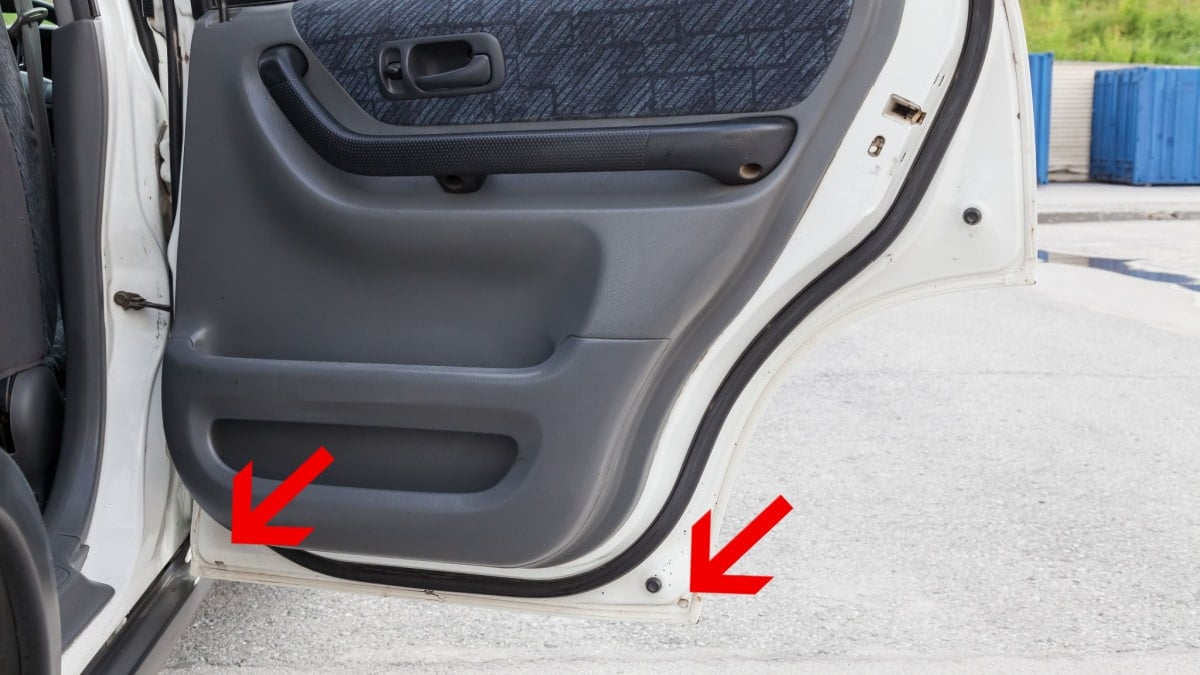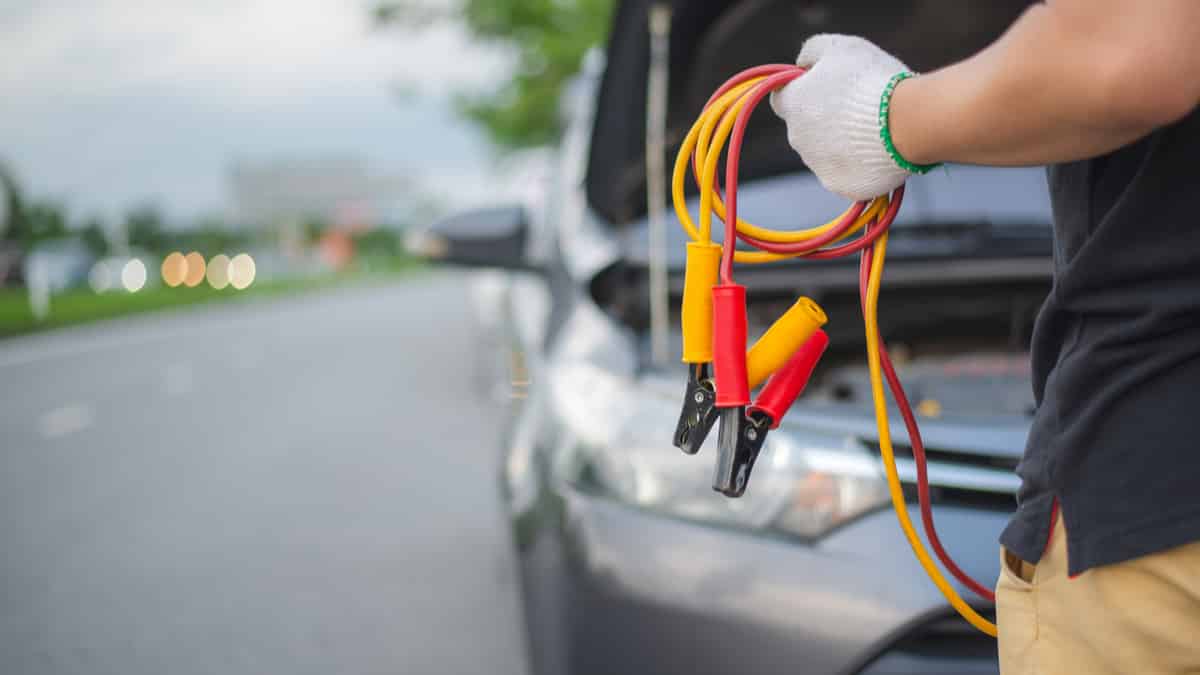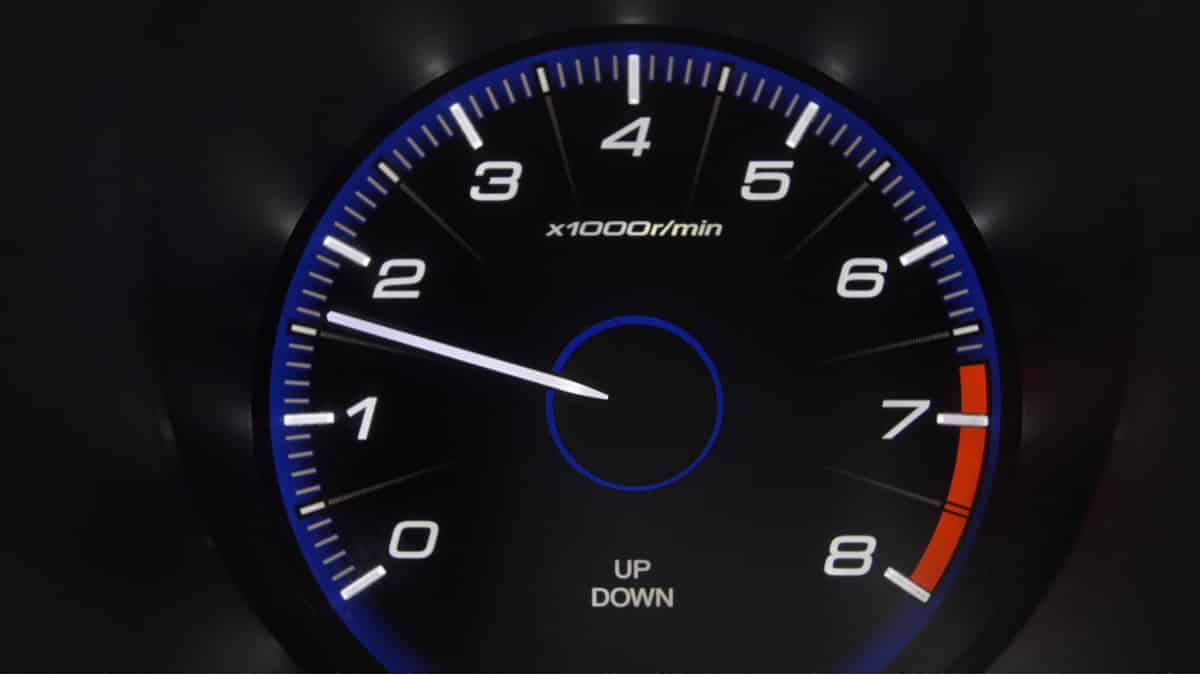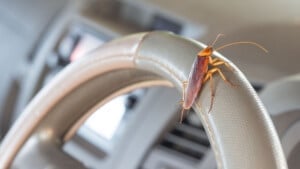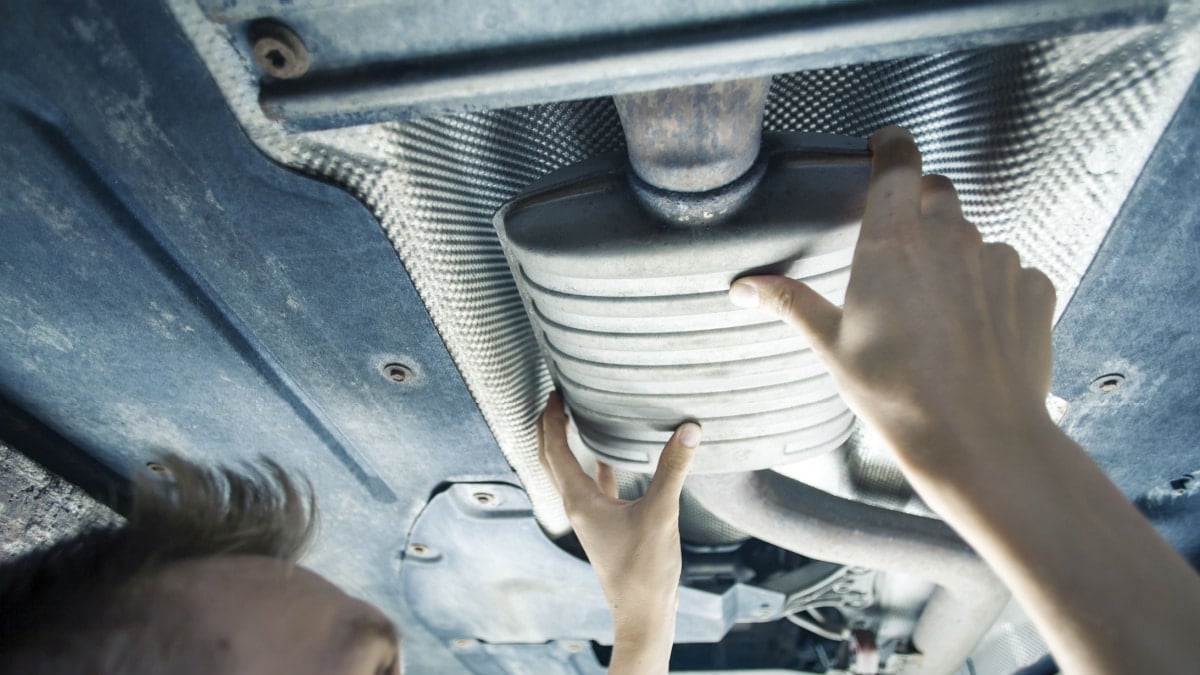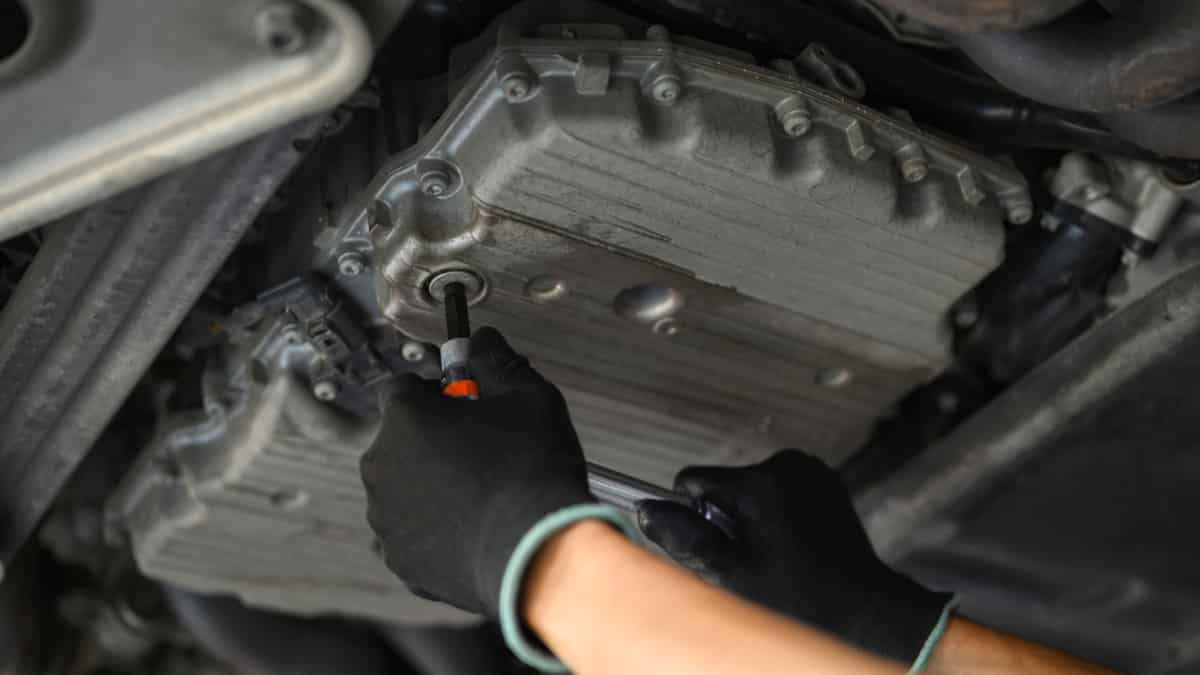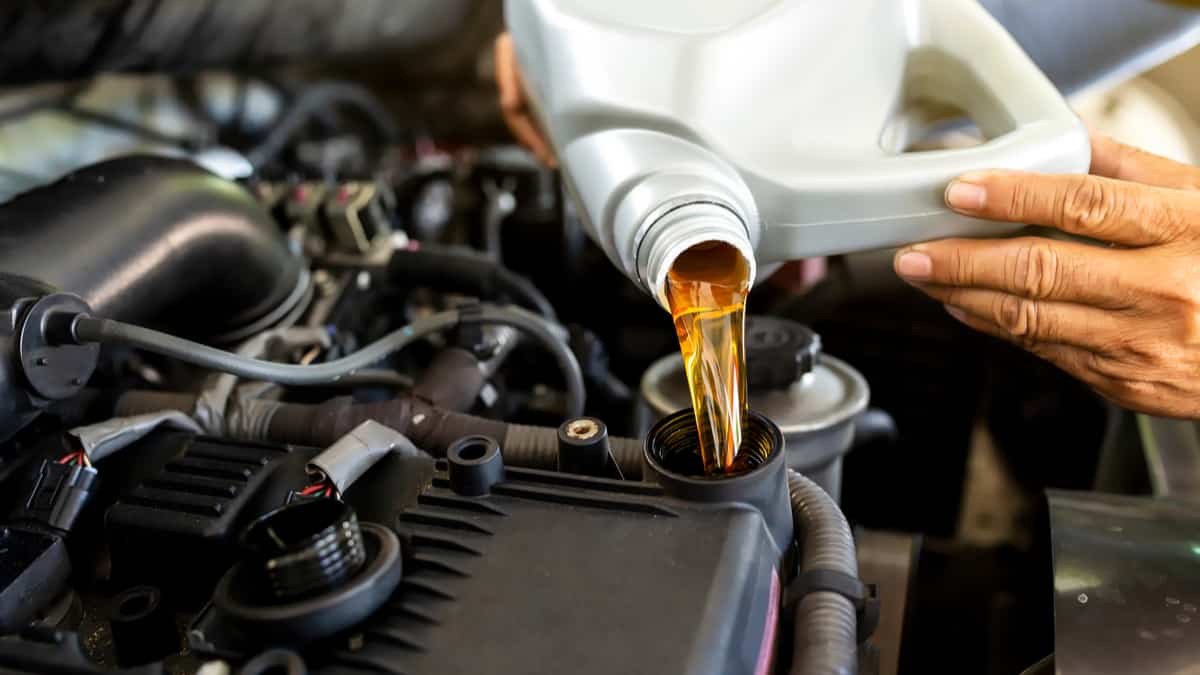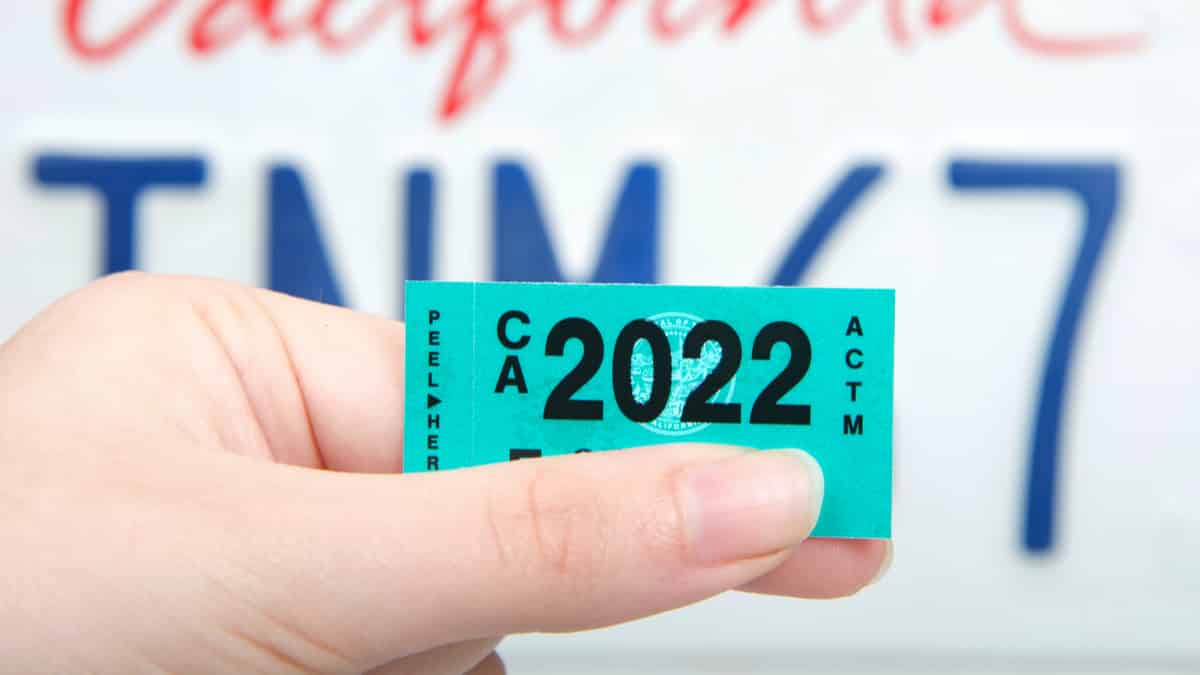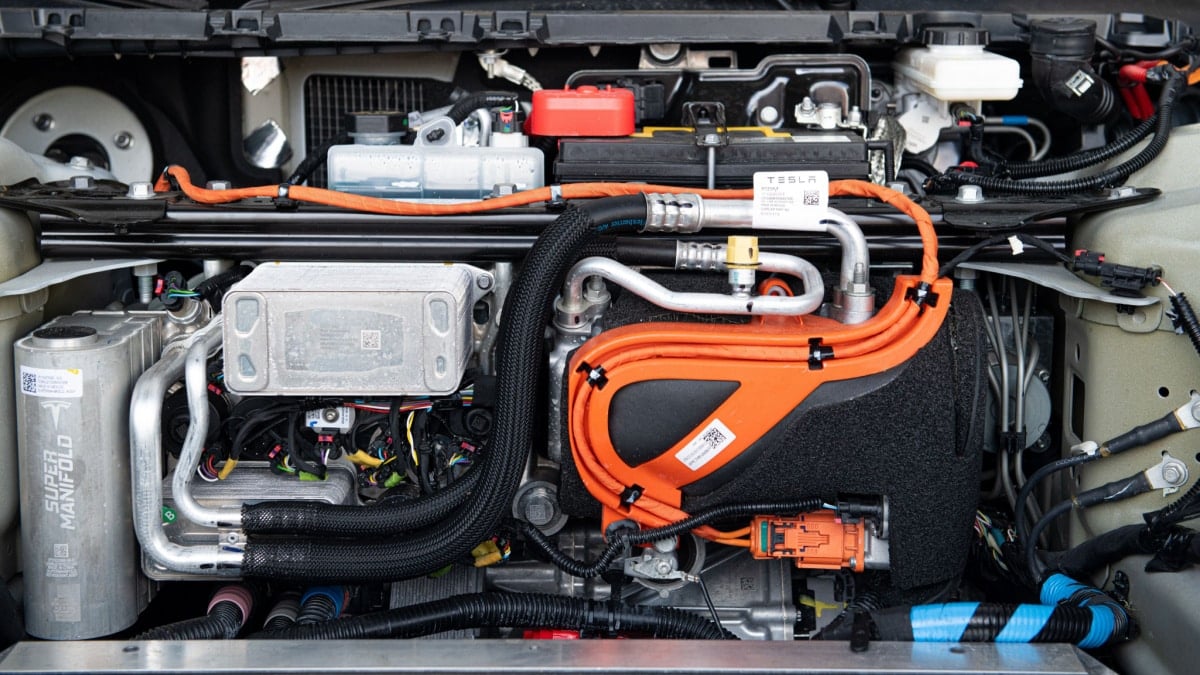The thought of having drains in your car doors might be foreign to you, but it’s a real thing. What are car door drains and do you need to think about them?
In this guide, I evaluate what cars contain drain holes, and show you where to find these drains. I also answer whether you should drain these holes, and show you how to do it. At the end of this guide, I also talk about why you should be regularly inspecting the drain holes on your car doors.
What Are Car Door Drains?
Car door drain holes exist to let trapped water out. If water gets trapped inside the drain holes, you will need to learn how to empty them. Thankfully, the steps are simple, requiring that you remove any debris that’s clogging up the holes.
What Cars Have Drain Holes?
Every car has drain holes so the water can escape from the panel. These holes drain out the water after a rain shower or car wash. Without these holes, the water would be trapped inside the car, leading to a mildew or mold issue.
Additionally, excess water creates more weight on the vehicle and can lead to rust. No matter which way you look at it, there’s nothing good about an accumulation of water within the door panel.
While every car comes with drain holes, some have a more efficient design than others. Depending on the structure and size of the vehicle, the drain holes should be able to keep the water from infiltrating the panel. However, it’s still wise to check on the holes periodically.
These small holes get clogged up very easily. Pine needles, dirt and leaves will commonly get trapped inside, leading to a backup of water. If water isn’t emptying itself, the holes might be clogged.
Where Are Car Door Drains Located?
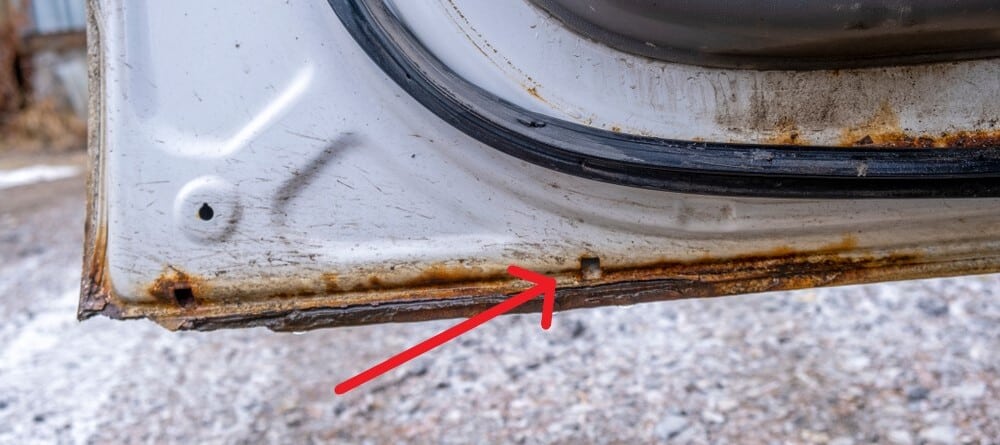
The drains are found at the bottom of the doors. There will be drains on both the front and rear doors of the vehicle. Many car doors contain two holes each, possibly at the left and right edges of the car door.
It’s possible that your car doors contain more than two holes per door. They can also be covered by a piece of black material that makes it easier to empty.
There isn’t usually piping leading to the door drains. Instead, the water makes its way out through the door panels that are resistant to rust. If water doesn’t empty through the drain, sloshing can occur within the door.
Should You Drain the Car Door?
Yes. When everything is operating normally, the water in the door panel should be able to drain itself, but sometimes the drain holes become blocked, and the water will not be able to escape. In situations like this, you need to remove the clog and dirt and drain the doors.
Here are a few signs indicating that it could be time to drain the car doors.
- The interior carpet is wet, meaning the drains are emptying onto the floor.
- A sloshing sound occurs after rain falls. This noise is most noticeable after a heavy rain storm.
By draining the water out of the car doors, you protect the interior of your car from any water damage. Otherwise, the buildup of moisture can lead to costly repairs and a mildew smell.
When the water can’t drain, it starts to build up within the door panel. Once the area becomes overfull, the force of the water will push through to areas where it doesn’t belong. There’s no telling where the water will go when this occurs. It could end up on the carpet, or it might affect delicate electronics.
There have been reports of water getting behind the infotainment systems and causing massive damage. Additionally, it’s possible for water to infiltrate the brake system and other valuable components. Just think – these issues could have been prevented simply by draining the doors by hand.
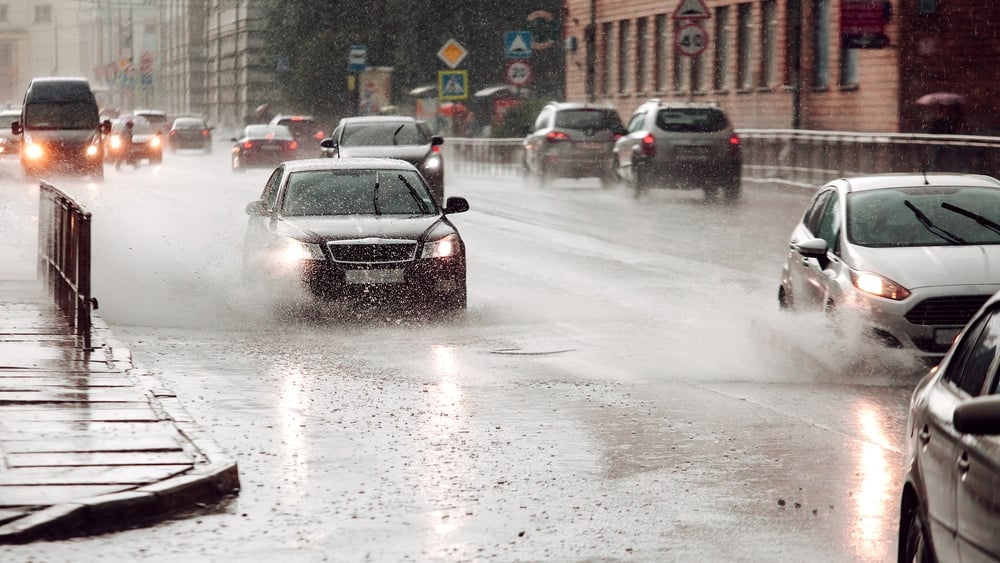
Steps to Empty Car Door Drains
1. Find the Drain Holes
Before you can drain any water out, you must first identify the holes. Look at the bottom of the door panel for smaller holes that allow water to come out.
If you aren’t sure where they are, you can consult your car’s service manual or an online diagram. Some may have a black cover over them, making it more difficult for them to be identified.
2. Remove Debris
Perform a visual inspection of the door drains. If the drain holes don’t have covers and there’s nothing blocking them, the water should freely flow out. Otherwise, you must manually remove anything that’s blocking the flow.
If you see dirt or debris around the drain holes, go ahead and sweep it away. You can clean the area with a microfiber cloth and see if the water starts to flow better.
3. Open Blockage
If your car’s drain holes have covers over them, you need to remove the cover to let the water out. In this case, you have a responsibility to drain the doors on a regular basis to ensure the water doesn’t build up.
If the drains are meant to empty on their own but aren’t, you need to figure out what’s blocking them. If you’ve removed all of the obvious debris, you need to poke into the holes to see if something has sealed them shut.
This procedure should be done very carefully, and only if you are certain you know what you are doing. Some people choose to use the end of a wire hanger, but that could be overkill. You may be able to open up any blockage with something as small as a needle or a safety pin, depending on what’s causing the problem.
4. Visit Mechanic for More Help
If you aren’t sure where to find the drain holes, or you are having trouble getting them open, it might be best to schedule with your local mechanic. In some cases, the drains can be tricky to open, and you don’t want to cause further damage.
You shouldn’t need to pay for more than an hour of labor through a local shop. This isn’t a complicated procedure that requires a lot of time. On the other hand, if you don’t get it done and water continues building up, the damage that’s caused could be quite pricey.
5. Regularly Inspect
Once you have the drain holes open and running freely, it’s important that you keep your eye on them. From here on out, the water should be able to come out when it starts to accumulate.
Because you know where the drain holes are and the proper procedures to perform, you can make sure the doors are empty after any major storm or when you run through the car wash. This simple two-minute method can save you from a ton of headaches in the future.
Learn more:
- How to Change Windshield Wiper Blades (7 Steps)
- How to Clean a Mass Air Flow Sensor (5 Steps)
- How Long Should You Let Your Car Warm Up in the Winter?
Categories: Cleaning & Detailing, Maintenance
